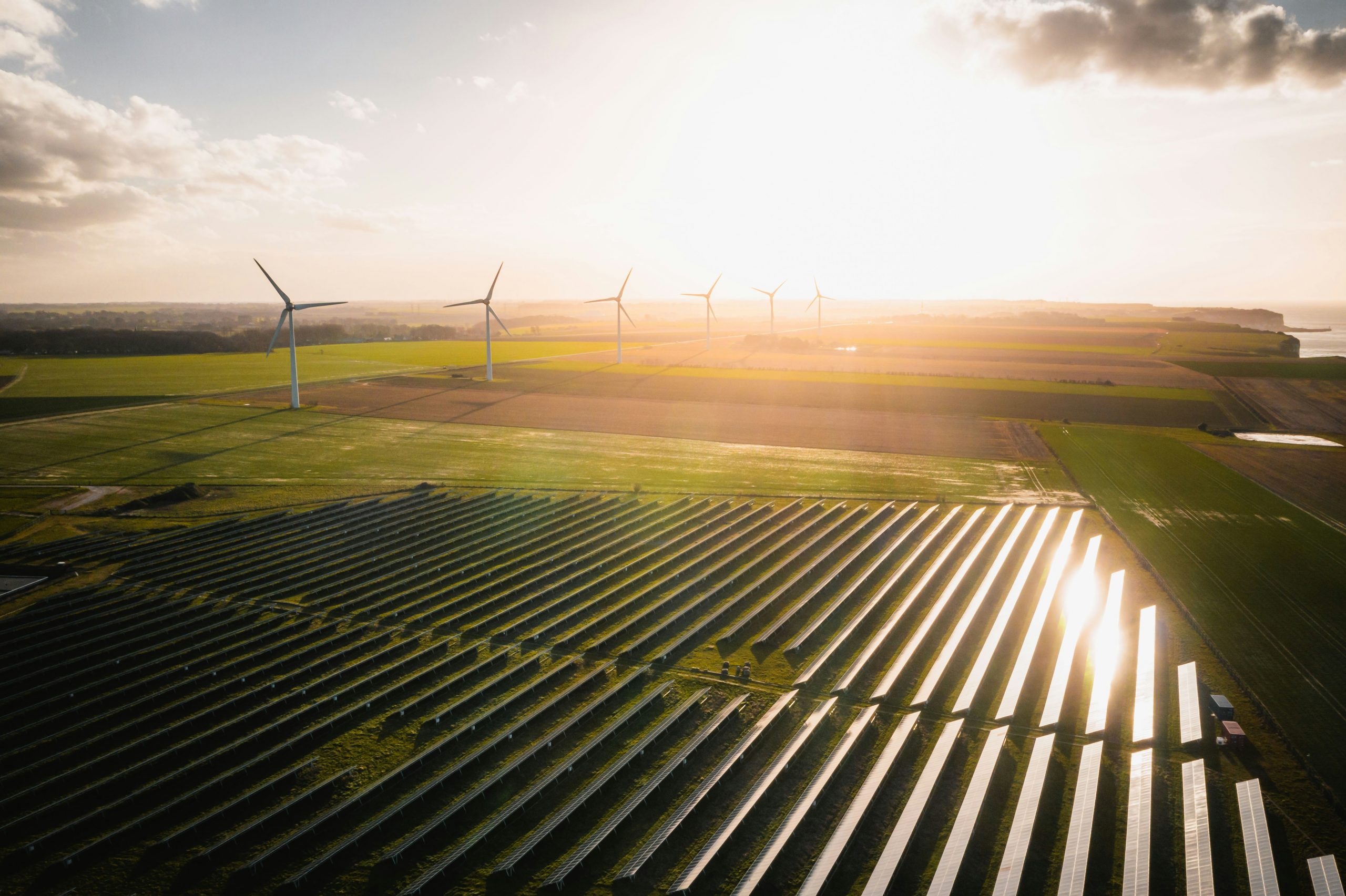
Wind energy is a beacon of sustainable power generation, pivotal in the global shift towards renewable energy sources. Recent advancements in technology and design have significantly improved the efficiency and output of wind turbines, making them more viable than ever. This article explores the latest innovations in wind energy that promise to harness more power with less turbulence, optimize performance, and reduce environmental impact.
Turbine Technology Enhancements
The evolution of wind turbine technology has focused on increasing the power output while minimizing mechanical stress and noise, which are common byproducts of turbine operation. Engineers have developed more prominent aerodynamic rotor blades that capture wind more efficiently. Using lightweight composite materials has also become more prevalent, allowing longer blades to operate at lower wind speeds without compromising structural integrity.
Advancements in turbine design include implementing sophisticated control systems that adjust blade rotation speed and angle to match wind conditions. This adaptability not only maximizes energy capture but also reduces wear and tear, extending the lifespan of the turbines. Moreover, these innovative turbines come equipped with sensors and data analytics capabilities, enabling predictive maintenance and real-time adjustments that enhance overall efficiency.
Grid Integration and Energy Storage
Integrating wind energy into the power grid poses significant challenges, primarily due to its variable nature. However, new grid management and energy storage solutions are smoothing these fluctuations and ensuring a steady energy supply. One key development is using advanced battery storage systems to store excess wind energy generated during peak wind conditions. This stored energy can then be released during periods of low wind, maintaining a consistent power supply.
Moreover, implementing smart grid technology allows for better synchronization of wind energy with other renewable sources, such as solar power. Smart grids use AI and machine learning to predict energy demand and adjust the supply accordingly, which is crucial for balancing the contributions of different energy sources and maintaining grid stability.
Environmental Impact Reduction
The environmental impact of wind turbines has been a topic of concern, particularly in terms of noise pollution and effects on wildlife. However, recent technological advancements have addressed these issues with innovative solutions. New turbine models are designed to operate with reduced rotor speed, significantly lowering noise levels and decreasing the risk of bird strikes. These designs improve the turbines’ environmental footprint and make them more acceptable to communities near wind farms.
Additionally, ongoing research and development are focused on minimizing the visual impact of wind turbines through better aesthetic designs and strategic placement. This involves integrating turbines into the landscape in a way that preserves natural views and meets regulatory and community standards.
Economic Viability and Market Growth
The economic aspect of wind energy has seen substantial improvement thanks to reduced costs and increased efficiency. The cost of manufacturing and installing wind turbines has decreased over the years, making wind energy more competitive with traditional fossil fuels. Economic incentives and government policies supporting renewable energy development have also played a crucial role in promoting wind energy projects worldwide.
As demand for cleaner energy solutions grows, the wind energy sector is expected to expand significantly. This growth is supported by technological innovations that make wind a more reliable and robust energy source, attracting investment and encouraging further research and development.
Wind energy continues to evolve, driven by technological innovations that promise to make it more powerful and less problematic. With advancements in turbine technology, grid integration, environmental impact mitigation, and economic viability, wind energy is poised to play a crucial role in the global energy transition. These developments help meet energy demands more sustainably, as well as environmental conservation and economic growth, marking a positive step forward for renewable energy technologies.